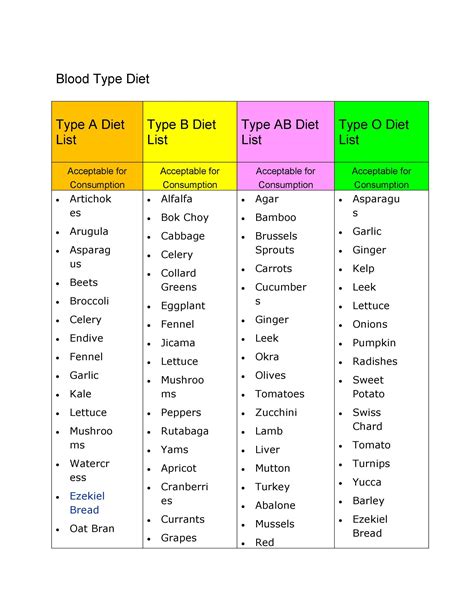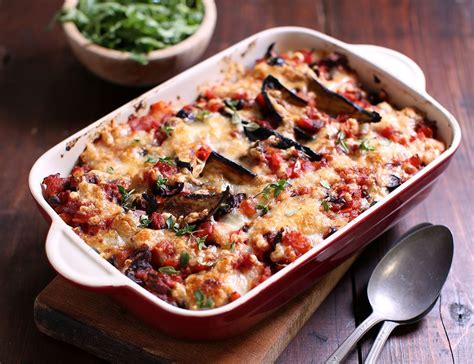Discover the Sonoma Diet and Mediterranean-inspired foods. Learn meal planning, portion control, and mindful eating tips for long-term success. Grocery shopping made easy.
Understanding Sonoma Diet
Contents
The Sonoma Diet is a unique and flavorful approach to healthy eating that is inspired by the Mediterranean lifestyle. It emphasizes on the consumption of whole, nutrient-dense foods such as fruits, vegetables, whole grains, lean proteins, and healthy fats. The diet is not about restriction, but rather about indulging in the pleasures of food while nourishing your body.
One of the core principles of the Sonoma Diet is to enjoy food in its purest form, without over-processing. This means focusing on fresh, seasonal ingredients and avoiding highly processed and refined foods. The diet also encourages the practice of mindful eating, which involves being fully present and engaged while consuming your meals.
Another important aspect of the Sonoma Diet is portion control. Rather than counting calories or measuring every morsel of food, the diet teaches you to recognize and honor your body’s hunger and fullness cues. By practicing portion control and mindful eating, you can develop a healthier relationship with food and prevent overeating.
Meal planning and grocery shopping are integral parts of the Sonoma Diet. By carefully planning your meals and stocking your kitchen with wholesome ingredients, you can easily adhere to the diet’s principles and resist the temptation of unhealthy convenience foods. This approach also helps in maintaining variety and balance in your diet.
In conclusion, the Sonoma Diet is not just a temporary weight loss fad, but a sustainable lifestyle change that promotes overall health and well-being. By understanding its core principles and incorporating Mediterranean-inspired foods into your routine, you can nourish your body, indulge in delicious flavors, and embrace a healthier relationship with food.
Choosing Mediterranean-inspired Foods
The Mediterranean diet is well-known for its health benefits and delicious food options. When choosing Mediterranean-inspired foods, it’s important to focus on incorporating fresh fruits and vegetables into your meals. Olives, tomatoes, and cucumbers are staples of this diet and can be enjoyed in salads, as snacks, or as sides to main dishes. In addition to fruits and vegetables, whole grains such as brown rice, quinoa, and whole-grain bread are important components of the Mediterranean diet. These foods provide fiber, which can aid in digestion and promote a feeling of fullness.
Another key aspect of the Mediterranean diet is the consumption of healthy fats such as those found in olive oil, avocados, and nuts. These fats are not only delicious, but also provide important nutrients for heart health and overall well-being. When choosing Mediterranean-inspired foods, it’s essential to include these sources of healthy fats in your meals.
When it comes to protein, the Mediterranean diet emphasizes lean sources such as fish, poultry, and legumes. These options are high in protein and low in saturated fat, making them ideal choices for those following a Mediterranean-inspired eating plan. In addition to these protein sources, Greek yogurt and cheese are also popular in the Mediterranean diet and can be enjoyed as part of a balanced meal or snack.
Finally, when choosing Mediterranean-inspired foods, it’s important to focus on enjoying fresh, seasonal ingredients. Whether it’s grilled vegetables, seafood, or seasonal fruits, incorporating seasonal produce into your meals can enhance the flavors and nutritional content of your dishes.
Meal Planning and Grocery Shopping
Meal planning and grocery shopping are essential components of a successful diet and healthy lifestyle. When it comes to meal planning, it’s important to start by taking an inventory of what you already have in your pantry and refrigerator. This will help you to avoid buying unnecessary items and ensure that you are only purchasing what you need. Additionally, consider planning your meals for the week ahead of time. This will not only save you time and energy, but it will also help you make healthier choices.
When it comes to grocery shopping, it’s important to be mindful of what you put in your cart. Try to stick to the perimeter of the store where the fresh produce, meats, and dairy products are located. This will help you avoid the temptation of processed and unhealthy foods that are often found in the center aisles. Additionally, make a list of the items you need before heading to the store and stick to it. This will prevent impulse buys and help you stay on track with your diet and budget.
Another helpful tip for meal planning and grocery shopping is to consider purchasing items in bulk. This can help you save money and ensure that you always have healthy options on hand. Additionally, consider buying frozen fruits and vegetables, which are just as nutritious as fresh produce and have a longer shelf life. This can help you reduce food waste and always have ingredients on hand for healthy meals.
Finally, don’t be afraid to explore new recipes and cooking techniques when meal planning and grocery shopping. Try to incorporate a variety of colorful fruits and vegetables, lean proteins, and whole grains into your meals. This will help you stay motivated and excited about your healthy eating plan. Remember, meal planning and grocery shopping are key components of a healthy diet and can help you achieve long-term success in your health and wellness journey.
Portion Control and Mindful Eating
Portion control and mindful eating are essential components of a healthy lifestyle, as they can help individuals maintain a balanced diet and prevent overeating. Portion control involves paying attention to the amount of food we consume, while mindful eating encourages us to be present and fully engaged with our eating experience. By practicing these habits, we can better manage our weight and improve our overall well-being.
When it comes to portion control, it’s important to be mindful of serving sizes and not to consume more than necessary. This can be achieved by measuring out food portions, using smaller plates and bowls, and being conscious of hunger and satiety cues. By doing so, we can prevent overeating and better regulate our calorie intake.
In addition to portion control, mindful eating teaches us to be more aware of our food choices and eating habits. This involves savoring each bite, chewing slowly, and paying attention to the flavors and textures of our meals. By being present and mindful during mealtimes, we can reduce mindless snacking and emotional eating, ultimately leading to a healthier relationship with food.
One way to incorporate mindful eating into our daily routine is by practicing gratitude for the food we consume. This can involve reflecting on where our food comes from, being appreciative of the resources that went into producing it, and acknowledging the nourishment it provides for our bodies. By cultivating a sense of gratitude, we can develop a deeper connection to our food and gain a greater appreciation for the nourishment it offers.
In conclusion, portion control and mindful eating are fundamental practices for promoting a healthy and balanced diet. By being mindful of our portion sizes and fully present during mealtimes, we can better regulate our food intake, prevent overeating, and develop a more conscious relationship with the food we consume.
Tips for Long-term Success
When following the Sonoma Diet, it’s important to keep in mind that long-term success is the ultimate goal. While the initial phase of the diet focuses on rapid weight loss, it’s essential to develop healthy eating habits that will last a lifetime. In order to achieve long-term success with the Sonoma Diet, it’s important to make sustainable changes to your eating patterns and lifestyle. This can be achieved through mindful eating, portion control, and choosing Mediterranean-inspired foods.
One key tip for long-term success on the Sonoma Diet is to focus on building a balanced and sustainable meal plan. This means incorporating a variety of nutrient-dense foods, such as fruits, vegetables, whole grains, lean protein, and healthy fats. By creating a meal plan that includes a wide range of healthy and delicious foods, you can enjoy the benefits of the diet while still embracing a satisfying and enjoyable eating experience.
Another important aspect of achieving long-term success with the Sonoma Diet is to practice mindful eating. This involves paying close attention to hunger and fullness cues, savoring each bite, and eating slowly. By being more mindful about your eating habits, you can develop a better understanding of your body’s needs and preferences, which can ultimately lead to better long-term success with the diet.
Additionally, it’s vital to emphasize portion control when following the Sonoma Diet. By being mindful of portion sizes and practicing moderation, you can maintain a healthy balance and prevent overeating. This can help you achieve your long-term health and wellness goals while still enjoying the delicious flavors and meals that the diet has to offer.












